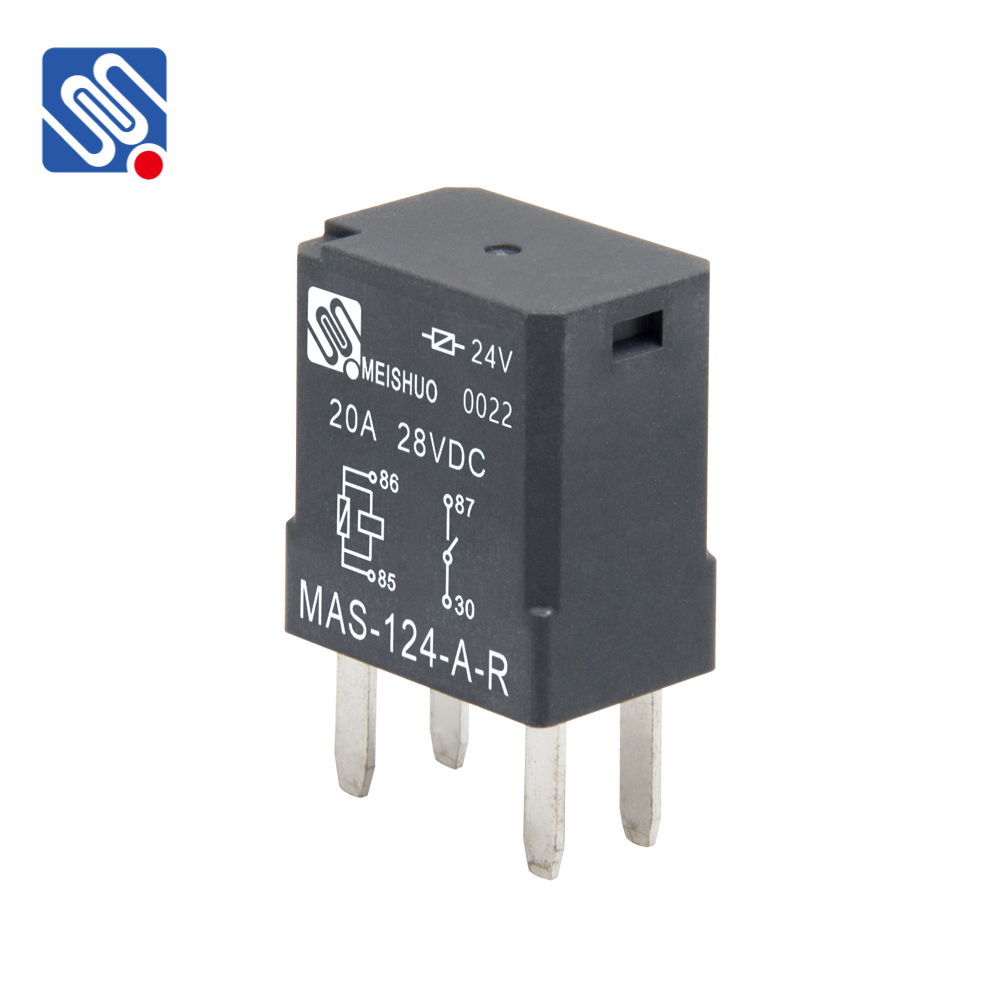A 24V 30A Relay is an essential electrical component widely used in various applications where high-power switching is required. This article delves into the technical aspects, working principle, and common uses of the 24V 30A relay. Whether you’re designing a circuit for automotive, industrial automation, or home appliances, understanding the role and functionality of this relay can significantly enhance the reliability and performance of your systems.

What is a 24V 30A Relay? A 24V 30A relay is an electromechanical switch used to control high-power devices with a low-power control signal. The relay operates with a control voltage of 24V DC and can handle up to 30A of current on the load side. It is widely used in situations where it is necessary to control circuits carrying large amounts of electrical current using a low-voltage signal. The relay consists of a coil, contacts, and a switch mechanism. When a 24V DC signal is applied to the coil, it generates a magnetic field that pulls a set of contacts together, closing the circuit and allowing current to flow through the connected load. When the control voltage is removed, the magnetic field dissipates, causing the contacts to open and interrupt the flow of current.